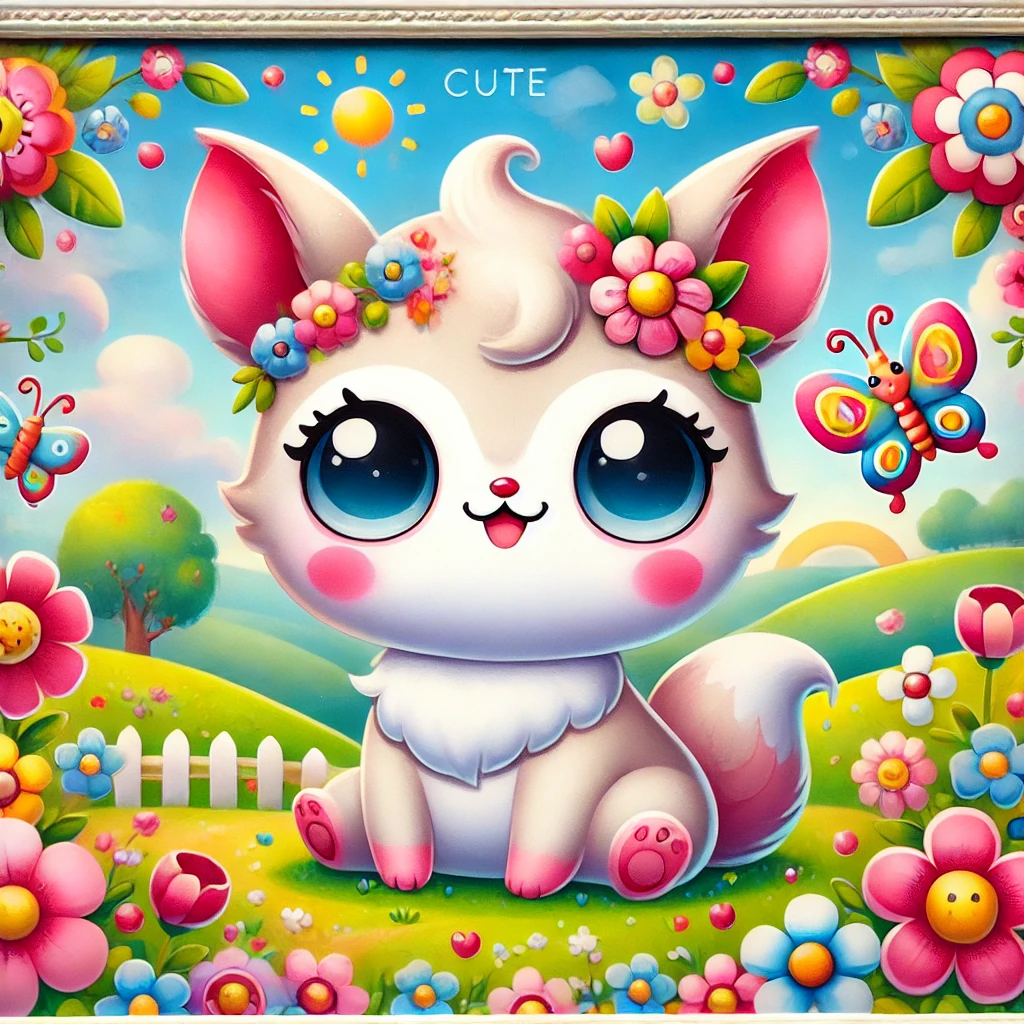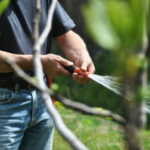Introduction
In the ever-evolving world of art, the “cute” art genre, also known by the intriguing identifier “cute:3izb-mgpdxo= art,” has carved out a delightful niche. This genre, characterized by its endearing, whimsical, and heartwarming elements, captivates audiences of all ages. This article explores the enchanting world of cute art, providing insights into its origins, key characteristics, and how it continues to enchant and inspire.
Origins of cute:3izb-mgpdxo= art
The concept of cute art can be traced back to several cultural and artistic movements, with significant influences from Japanese kawaii culture. Kawaii, which translates to “cute” in English, emerged in Japan in the 1970s and became a cultural phenomenon. It encompasses a wide range of aesthetics, from fashion and toys to art and design, all characterized by their childlike innocence and playful charm.
While heavily influenced by kawaii culture, cute:3izb-mgpdxo= art has also drawn inspiration from Western pop art, cartoons, and children’s illustrations. This fusion of styles has resulted in a universally appealing and recognizable genre.
Critical Characteristics of Cute Art
- Playful and Innocent Themes
Cute art often revolves around themes of playfulness, innocence, and joy. Whether depicting adorable animals, cheerful children, or fantastical creatures, the artwork evokes a sense of happiness and nostalgia.
- Vibrant Colors
One of the most striking features of cute art is its use of vibrant, eye-catching colours. Bright pinks, blues, yellows, and greens dominate the palette, creating a visually stimulating and cheerful atmosphere.
- Simplified Forms and Exaggerated Features
The simplicity of forms and the exaggeration of features are hallmark traits of cute:3izb-mgpdxo= art. Big eyes, round faces, and small, chubby bodies are commonly seen, enhancing the overall cuteness and appeal of the artwork.
- Attention to Detail
Despite its simplicity, cute art often features intricate details that add depth and interest. From the texture of fur on a cartoon animal to the delicate patterns on a character’s clothing, these details contribute to the charm and uniqueness of each piece.
The Cultural Impact of Cute Art
Cute art has profoundly impacted various aspects of culture and society. Its influence extends beyond traditional art forms into fashion, merchandise, and digital media.
- Fashion and Merchandise
Brands and designers have embraced cute:3izb-mgpdxo= art, incorporating its elements into clothing, accessories, and home decor. Characters like Hello Kitty and Pikachu have become global icons, adorning everything from t-shirts to stationery.
- Digital Media
In the digital age, cute art has found a new platform. Social media, mobile apps, and digital stickers have popularized cute art, making it more accessible and widely shared. Artists can now reach a global audience by creating and selling cute digital art through platforms like Etsy and Redbubble.
- Mental Well-being
Cute art has been recognized for its positive impact on mental well-being. Its cheerful and soothing nature can reduce stress and anxiety, providing a sense of comfort and happiness. Studies have shown that looking at cute images can improve focus and productivity, making it a valuable tool in personal and professional settings.
Creating Cute Art: Tips for Aspiring Artists
If you’re inspired to create your cute art, here are some tips to get you started:
- Start Simple
Begin with simple shapes and forms. Practice drawing primary cute characters, focusing on exaggerated features like large eyes and small mouths.
- Use Vibrant Colors
Experiment with bright and cheerful colours. Feel free to mix and match to find combinations that evoke joy and playfulness.
- Add Details Gradually
Once you’re comfortable with the basics, start adding intricate details. Textures, patterns, and accessories can bring your characters to life.
- Find Inspiration
Look to existing cute art for inspiration. Study the works of famous cute artists and analyze what makes their art appealing. Platforms like Pinterest and Instagram are excellent sources of inspiration.
- Practice Regularly
Like any art form, practice is critical. Dedicate time each day to drawing and experimenting with new ideas. The more you practice, the more your unique style will develop.
Conclusion
cute:3izb-mgpdxo= art, with its enchanting charm and universal appeal, continues to captivate hearts worldwide. Whether you’re an artist, a collector, or an admirer, the world of cute art offers endless joy and inspiration. By understanding its origins, key characteristics, and cultural impact, you can fully appreciate the magic of this delightful genre. So, dive into the world of cute:3izb-mgpdxo= art, and let your creativity and imagination soar.
FAQs
Q1: What is cute art? Playful, innocent themes, vibrant colours, and simplified forms with exaggerated features characterize cute art.
Q2: Where did cute art originate? Cute art has roots in Japanese kawaii culture, Western pop art, cartoons, and children’s illustrations.
Q3: How does cute art impact mental well-being? Cute art can reduce stress and anxiety, providing comfort and happiness. It can also improve focus and productivity.
Q4: How can I create cute art? Start with simple shapes and forms, use vibrant colours, add details gradually, find inspiration, and practice regularly to develop your unique style.
Q5: Where can I find cute art? Cute art can be found in fashion, merchandise, digital media, and various online platforms like Pinterest and Instagram.
4o













